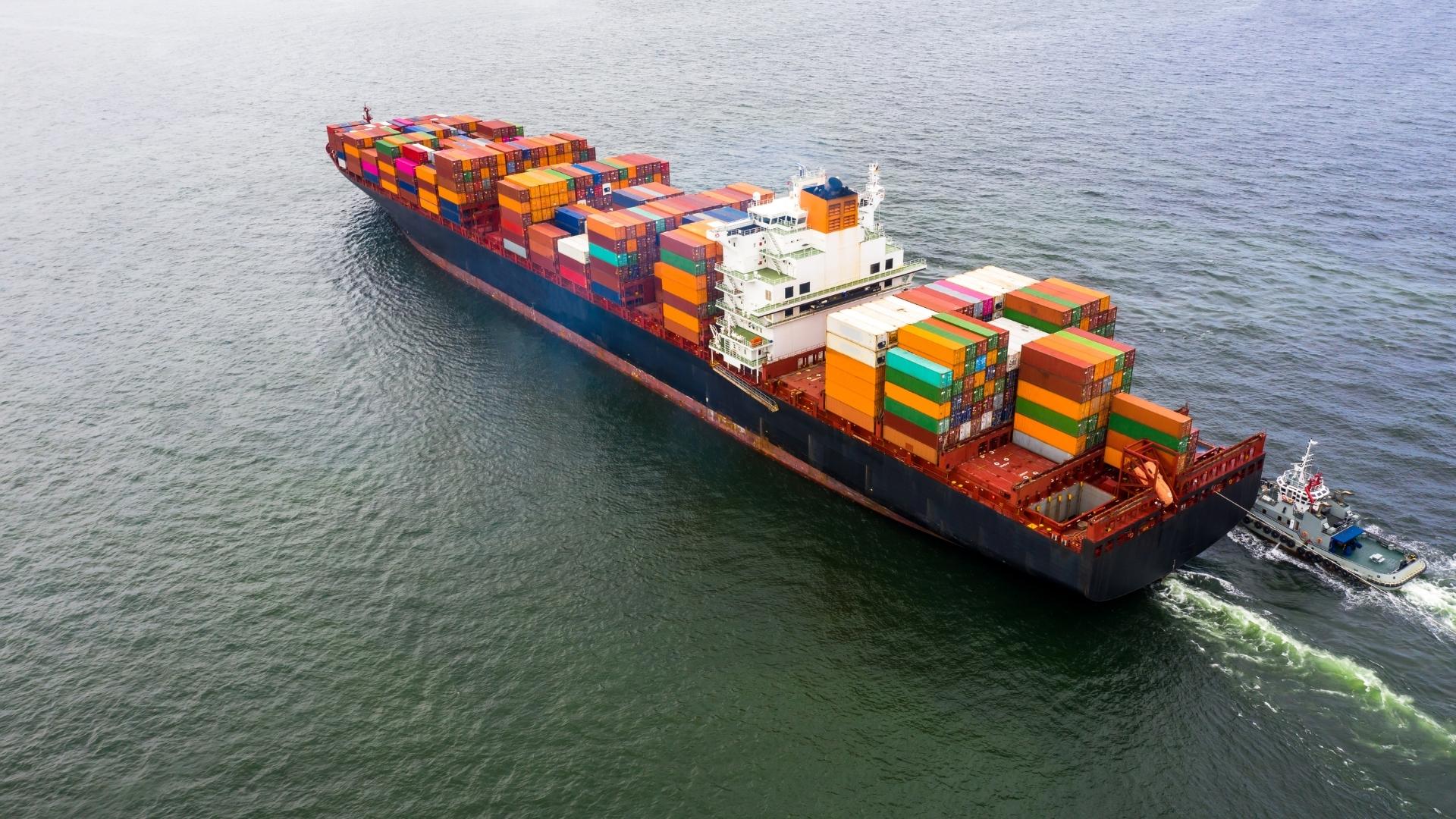How to Win the Sourcing Game in the Current Global Supply Chain

For those of us who work behind the scenes in materials sourcing, the global supply chain is a complex, fast-changing world that requires constant monitoring and response. It’s absolutely vital to the success of our customers, and it’s also under stress from multiple directions.
As U.S. consumers seek to understand the economic aftershocks of the COVID-19 pandemic, supply chain issues have become a topic of discussion in news and everyday conversation. For our customers, understanding the problem is just the first step. They also need solutions to counteract it. Ongoing supply chain disruptions manifest in raw material shortages, manufacturing and shipping delays, and rising prices. Industries that require safety sealing and attachment solutions, including manufacturing, oil and gas, chemicals, power generation, renewable energy, and other industries, must follow strict maintenance and replacement schedules. Missed delivery dates mean decreased productivity and lost revenue that drags down profit margins.
Right now, disruptions to the global supply chain are not the exception — they are the rule. Looking ahead, it’s time to respond with a new approach to logistics. A good place to start is understanding what’s causing these supply chain troubles.
What’s Causing Supply Chain Issues in 2022?
Although some major events (like a global pandemic) are difficult to predict, it’s also not surprising that the supply chain is under stress in 2022. Ground transportation shortages have been brewing for at least seven years, stemming partly from a persistent lack of transport drivers.
When the COVID-19 pandemic brought a huge percentage of global manufacturing to an abrupt halt, demand started to pile up. Eventually, when the long-awaited reopening process brought sourcing and manufacturing back to life, this pent-up demand vastly outpaced the supply chain’s ability to produce and ship to customers. But shipping infrastructure had only a narrow capacity to grow, creating an arena of fierce competition for limited space on container vessels and long-haul trucks.
In more recent stages of the pandemic, a new source of pressure has hit the supply chain: worker burnout. Drivers, dockworkers, and other integral contributors have been on duty around the clock trying to relieve the pressure of demand. Now they’re fatigued — taking long vacations or even quitting their jobs. These personnel shortages have further exacerbated shipping capacity issues.
Common Response Strategies (and How They Fall Short)
Prior to the COVID-19 pandemic, it was reasonable to expect a manufacturing order to be built, shipped, and delivered from East Asia to a U.S. warehouse in about 60-70 days. In some cases, a customer might even expect a timeline as short as 45 days. Now, a customer might wait 60 days just for manufacturing, and another 60 days for shipping. At congested ports, it may take five to 10 days just to get a driver in and out to pick up a container. How are companies responding?
1. Get Orders in Early
Companies have no choice but to plan for longer lead times. Placing orders early can help avoid the most drastic operational delays, but there’s a major catch. Lead times are still highly unpredictable, and you’re still battling competitors who are all trying to be first in line.
2. Carry Extra Inventory
Companies with very deep pockets can insulate themselves from delays by doubling — or even tripling — their regular order size. But the limitations of this strategy are clear. It only works for companies that can afford to throw a lot of money at the problem, absorb the inflated costs of raw materials, and dramatically increase the amount of inventory they will carry.
These common strategies can’t protect most companies from the effects of a strained supply chain. So what else can companies do to respond?
Pursuing More Effective Long-Term Solutions
As a long-time manufacturer and distributor of gaskets, hoses, and fasteners for a variety of essential industries, Lamons is taking proactive steps to improve material sourcing strategies for our customers. Our approach is built on decades-long relationships and established purchasing power with overseas suppliers. But that’s just the foundation. Here are four more strategies we are pursuing on behalf of our customers.
1. Invest in a Specialized Sourcing Team
If companies want to win the supply chain game, a skilled materials sourcing team is a must-have. The Lamons global sourcing team includes dedicated port-watchers, forecasting experts, and experienced strategists who coordinate with on-ocean providers and our end customers’ internal logistics providers. This dedicated team can closely monitor supply chain conditions in real time, identifying any opportunities to fast-track shipping and reduce cost. For our customers in engineering, procurement, and construction, we also have a full-service EPC team to make sure project needs are covered regardless of market changes.
2. Pivot Sourcing Strategy Based on Real-Time Tracking
By evaluating material availability, port congestion, and the contents of each container, our sourcing team finds solutions that bring shipments home to the warehouse faster. Based on these factors, we offer clear options to our customers — whether that means subbing a product or planning around a new delivery date. We closely monitor the movement of shipments using GPS to anticipate when they will arrive at port and prioritize the most essential containers. We also evaluate alternate ports and overground routes to maximize any opportunity to get around congested areas. Finally, in situations when delays are unavoidable, we minimize disruption by making sure our customers have full visibility into the status of their order and an accurate delivery date that allows them to plan for the delay.
3. Take Advantage of Sourcing Opportunities
To respond to the rising cost of raw materials, it’s more important than ever to keep a close eye on the market for sourcing opportunities. For companies who want to avoid the extra cost of carrying a larger inventory or making huge bulk orders, the best way to take advantage of favorable material prices is to work with a supply partner who can absorb those responsibilities. Whenever prices settle, Lamons buys and stores large quantities of materials that we know our customers will need in the future.
4. Form New Global Supply Partnerships
To reduce risk, Lamons is working to open up new sources to satisfy customer demand. To spread demand beyond East Asia, we are exploring more supply partnerships in Europe, South Africa, and India. By also maintaining partnerships with domestic U.S. suppliers, we are able to balance cost and availability, giving our customers the best of both.
12-Month Predictions for the Global Supply Chain
As companies adapt their sourcing strategies, they must also anticipate the global supply chain’s future state. In the next 12 months, vehicle and vessel shortages will continue to fuel fierce competition and delays. For many companies, this is likely to become the new normal. However, there is good news for companies who can tap new sources of supply. As Lamons keeps improving our strategies and expanding our sourcing capacity, our customers can expect to feel less supply chain pain. Every step of the way, we will continue to partner together to achieve success.
 Darnell Streat, Director of Global Sourcing
Darnell Streat, Director of Global Sourcing


